10 student teams from South East Asia are in Manila to compete for one of seven coveted spots in the Imagine Cup World Finals that will be held in Redmond, Washington this July. Find out more about the world-changing ideas these young individuals have conceived and built.
The following post is from Dave Miller, Developer Experience Lead, Microsoft Asia Pacific
“Walk with the dreamers, the believers, the courageous, the cheerful, the planners, the doers, the successful people with their heads in the clouds and their feet on the ground. Let their spirit ignite a fire within you to leave this world better than when you found it.”
— Wilferd A. Peterson, author
Today, technology has become more pervasive than ever. Invisible bits and bytes of ones and zeroes work tirelessly behind the scenes to execute miraculous commands that make our everyday life more convenient, productive, and fun.
However, new challenges are surfacing even as we continue to devise technological solutions to old ones. Rapidly expanding urban populations and climate change are just two examples.
It is thus critical for humanity to continue to push the boundaries of technology and innovation in order the solve the problems of tomorrow.
At Microsoft, we believe in empowering our next generation with the tools and skillsets to build these solutions, and Imagine Cup is one of the best initiatives that exemplifies this effort.
Imagine Cup is the premier student technology competition that inspires young developers and aspiring entrepreneurs globally to innovate and build real world solutions. Over the last 15 years, Imagine Cup has reached out to over 1.65 million students across 190 countries; and nearly 380,000 students across Asia Pacific in the last five years.
Over the years, I’ve seen students bring their biggest, boldest and brightest ideas to life with the help of mentors and industry leaders. Many participants have moved on to build real start-up companies and creating real impact in not just their home countries, but across the world.
This year, in conjunction with ASEAN 50th Anniversary Summit, Microsoft is pioneering the first ever South East Asia Finals. Held in Manila, the Philippines, this regional event will see national champions from 10 countries vie for one of seven spots at the World Finals.
For these 10 student teams, the Imagine Cup regional finals is one of the most important platforms for them to turn their dreams into reality.
It is my pleasure to introduce these ten student finalist teams and their brilliant ideas and inventions.
Team Parasitica, Bangladesh
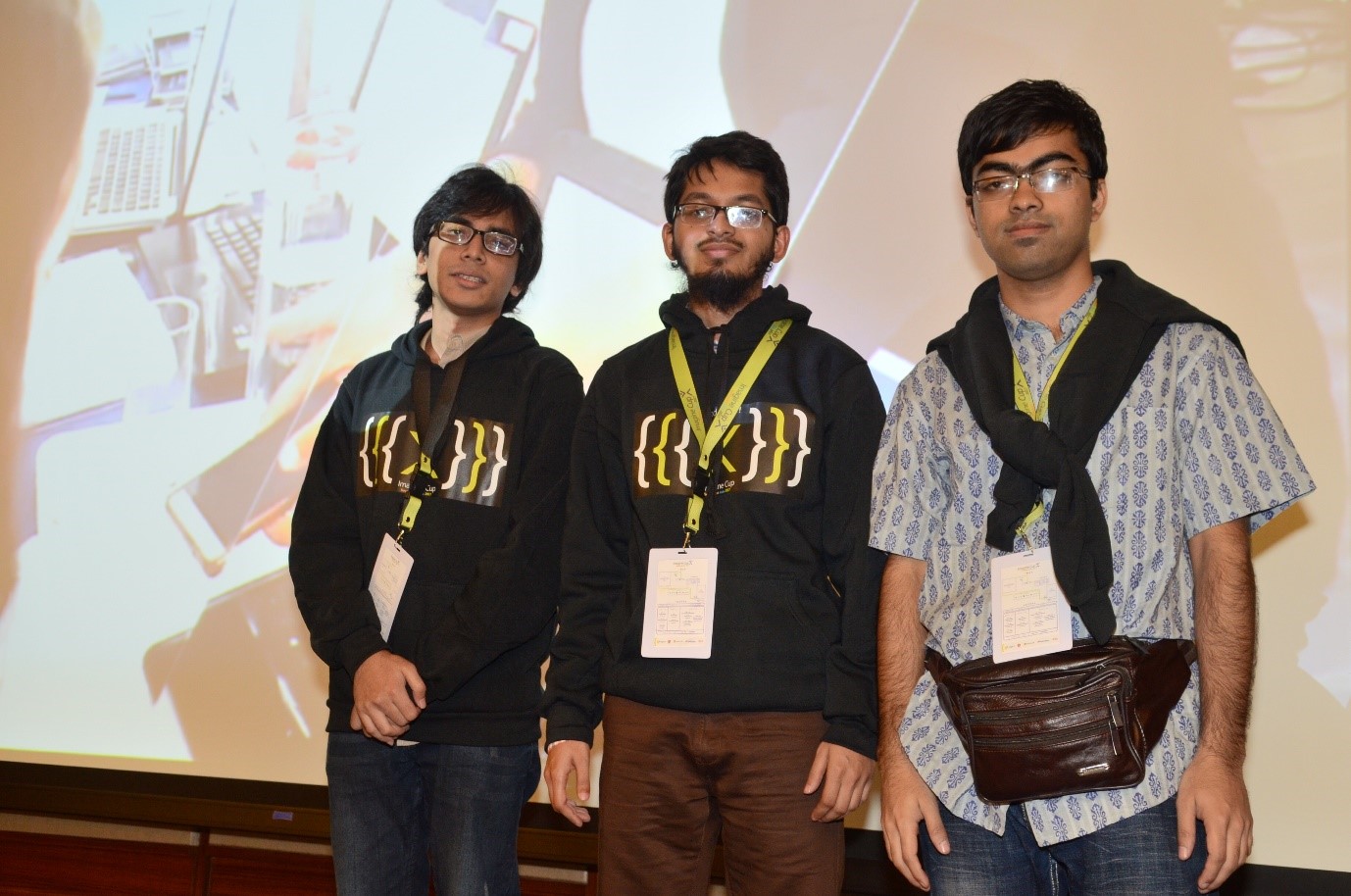
Millions today are affected by diseases such as Tuberculosis, malaria and conditions brought about by intestinal parasites. In most cases, a rapid diagnosis is key to preventing deaths. However, conventional light microscopy operated by a trained clinician is the only method today to confirm if a patient is indeed suffering from these diseases. As such, diagnosis is often made based on clinical symptoms, which result in a high error of margin. Comprising of students from Bangladesh University of Engineering and Technology, Team Parasitica is hoping to leverage on Microsoft’s intelligent tools as well as cloud platform to build their “fasTnosis” app. The app taps on Microsoft’s Artificial Intelligence tools to help better and more accurately diagnose patients via inputs of microscopic images into the app. This helps reduces the time for diagnosis while increasing the accuracy, and in turn reduces the probability of misdiagnosis.
Team CIMOL, Indonesia

The rise of fake news has many governments on their toes, and this is a trend that Indonesia’s Team CIMOL hopes to stop with their “Hoax Analyzer”. In a survey, Team CIMOL found that only 52% of respondents would verify the source of a claim, which is extremely alarming in the digital age where information and data is easily available. The team’s web-based app aims to help user identify if certain contextual information is a hoax or not. This is built on Microsoft’s Machine Learning capabilities to process text that is being input into the Hoax Analyzer website.
Team BUG5, Laos

Despite assistive technology being far more advanced today, many visually impaired individuals still face challenges in their daily lives. It is crucial to equip the visually impaired to be able to use a smart device for their daily tasks. Team BUG5 developed an application with UI designed specifically to help the visually impaired to navigate their devices – an audio-first UI built on Microsoft’s Cognitive Services for users to know every step they are taking, and features such as Object Scan where users can “hear” what the label says.
Team Solvere, Malaysia

Marketers around the world consistently need to approach and embrace new channels to better target and engage their consumers. While data insights have been increasingly tapped on to offer personalized experiences, above-the-line advertising is still restricted by its form and function today. Increasingly, brands and organizations are turning to digital billboards to engage their potential customers more effectively. But what if the billboard is intelligent enough to target audiences without prompt? Team Solvere’s smart billboard – SMAD BOT – leverages on various Microsoft advanced technologies to deliver personalized and engaging advertising messaging depending on age group and gender. More importantly, this solution is able to deliver content in an engaging manner, and at the same time, gamify the experience to drive engagement.
Team Echo Innovators, Nepal
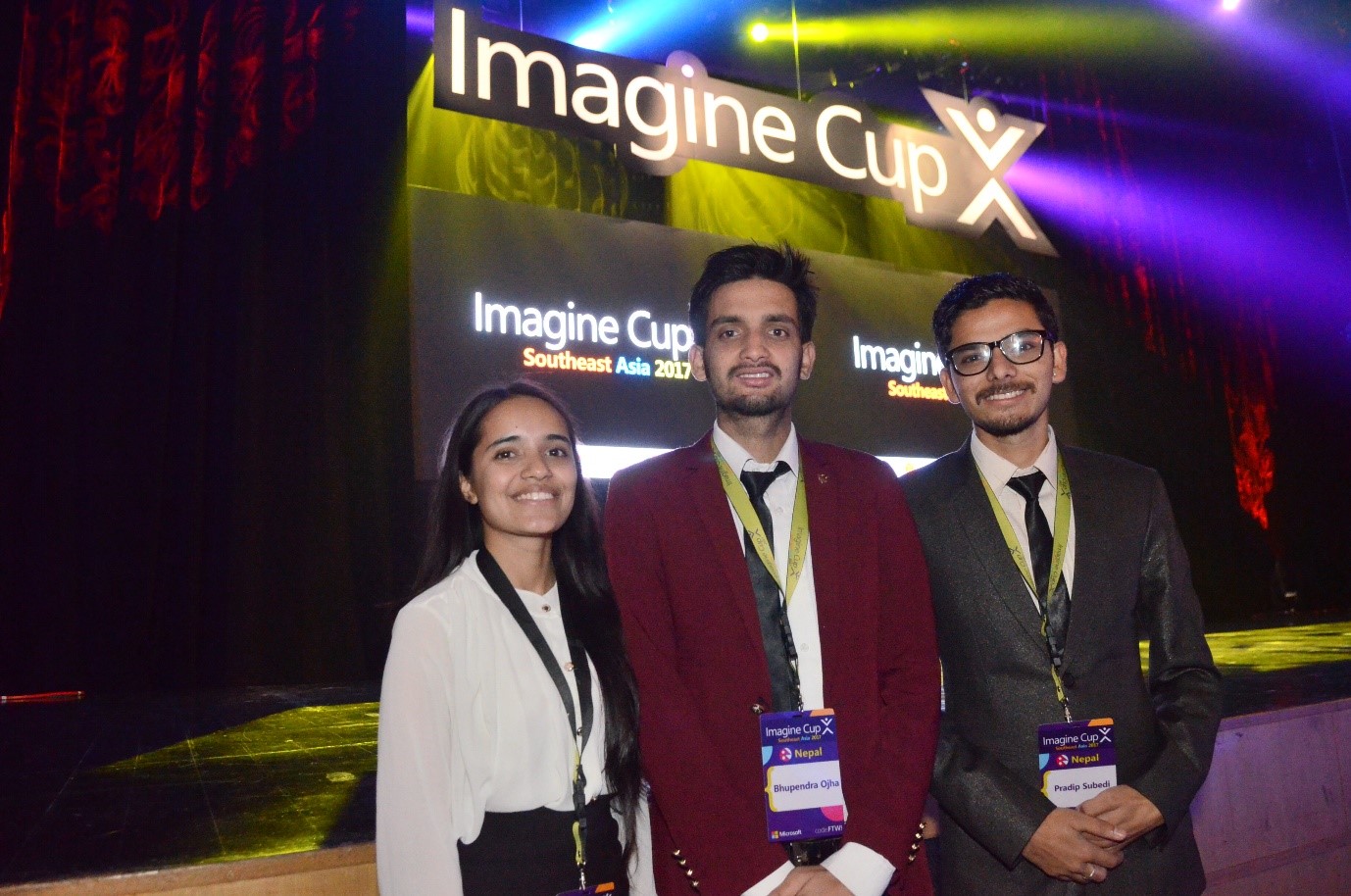
80% of Nepal’s population depend on agriculture for their livelihood. Farmers often face harsh conditions that are not conducive for rearing of crops, and sometimes sudden deaths of their livestock that could be seriously dent their livelihoods. Team Echo Innovators’ “FarmLi” was stemmed from a member’s family experience where his uncle was dealt a serious blow with sudden cattle deaths, and is still trying to recover from the loss seven years after. The solution? A smart neck band which monitors the temperature, activity levels and behaviour of each individual animal and can alert farmers should their livestock be at risk. Such information is made available through an app which farmers can easily access through their mobile phones; and the mobile dashboard built on Microsoft’s Power BI offers easy visualization for users to track any irregularities.
Team Opticode, Philippines
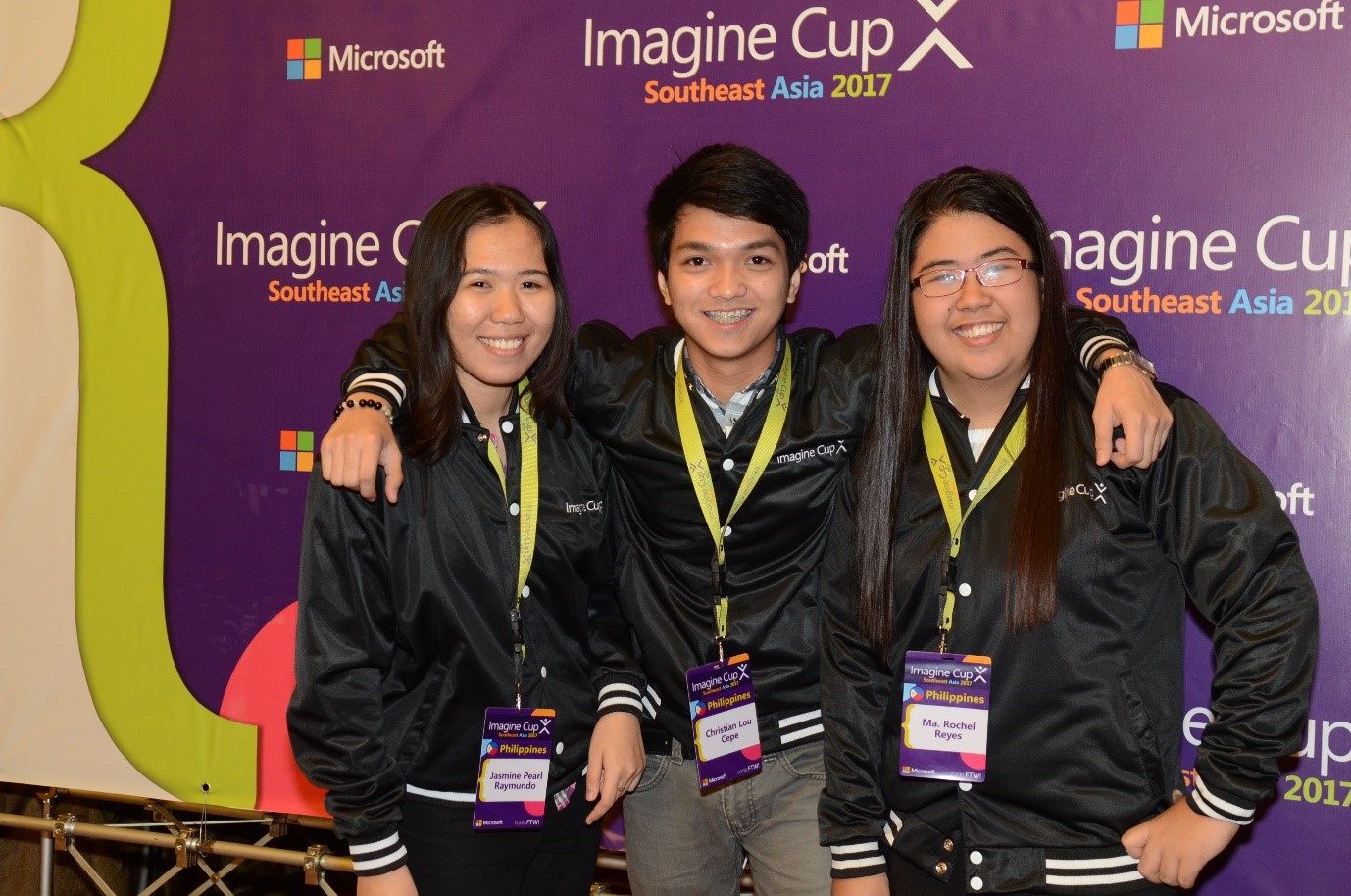
The gift of sight is something that so many people take for granted. Which is why Team Opticode from Philippines hopes to provide a better quality of life for the visually-impaired with Minerva, a virtual assistant mobile application that allows users to point their cameras at different objects and tells them what the objects are. Minerva currently runs on Android Jellybean 4.1, and the team aims to publish it on the Play Store soon. With the mobile app, visually-impaired users will be able to ‘see’ their surroundings with their ears.
Team HeartSound, Singapore
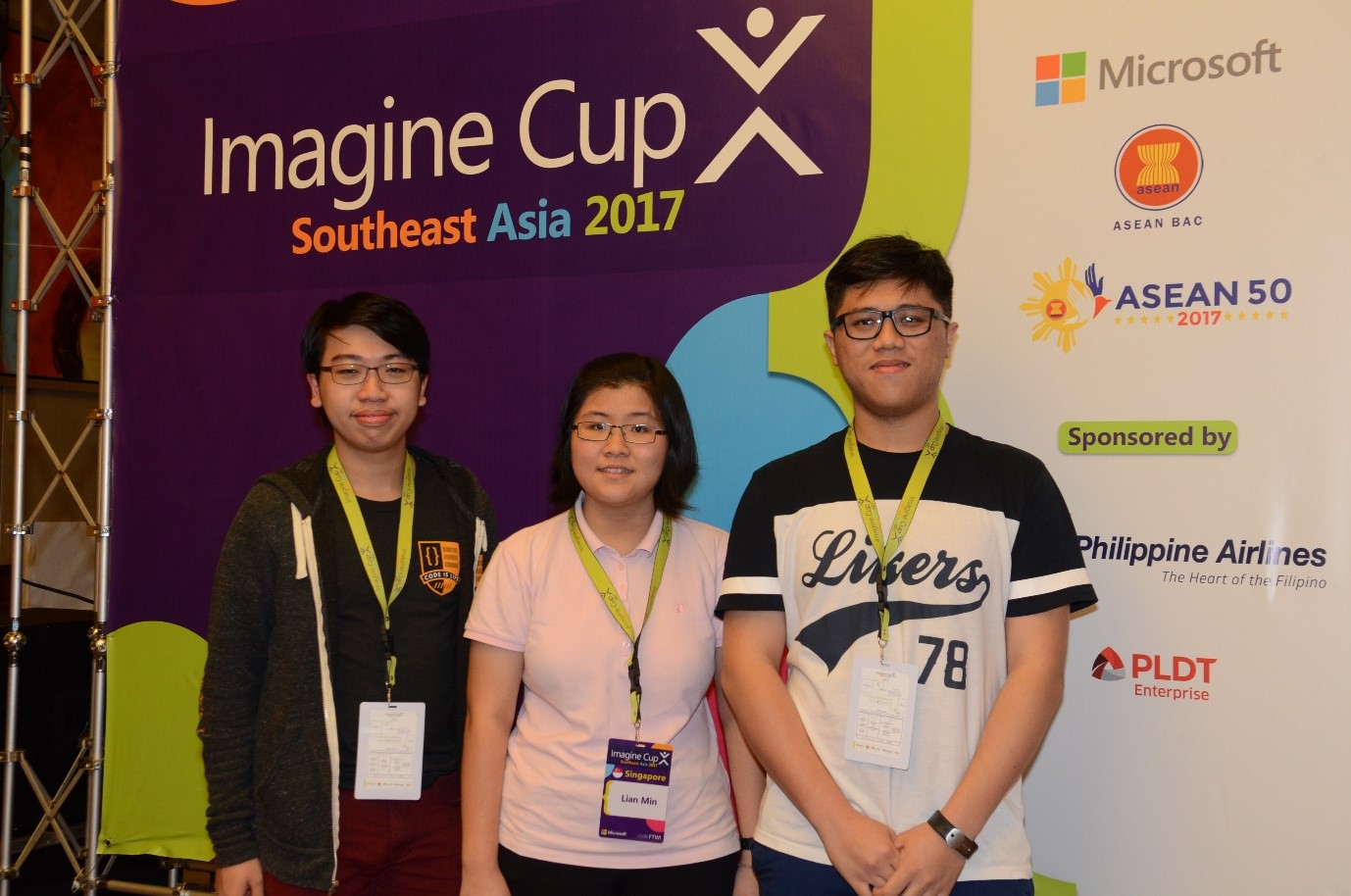
Even with today’s advancements in healthcare and medical technologies, around 20% of heart diseases still go undetected. Doctors normally listen to heart sound and subsequently perform ECG test during clinical diagnosis, but it is impossible to detect heart anomalies via heart sound during auscultation. In addition, heart sounds are typically not captured nor stored, as there aren’t any adequate devices that support tele-health. Thus, it is hard for doctors to make a complete heart diagnosis.
With that in mind, Team HeartSound came up with the Sᶟ, is a smart stethoscope that combines the function of a stethoscope and an electrocardiography machine. Sᶟ is a small wearable device that monitors for any abnormal sounds in the heart. Another advantage is that users can track their own heart conditions at home, without the need for additional medical training or knowledge. The device is also able to send captured data to doctors when abnormal conditions are flagged, so that patients can receive further medical diagnosis, if necessary.
Team Titans, Sri Lanka
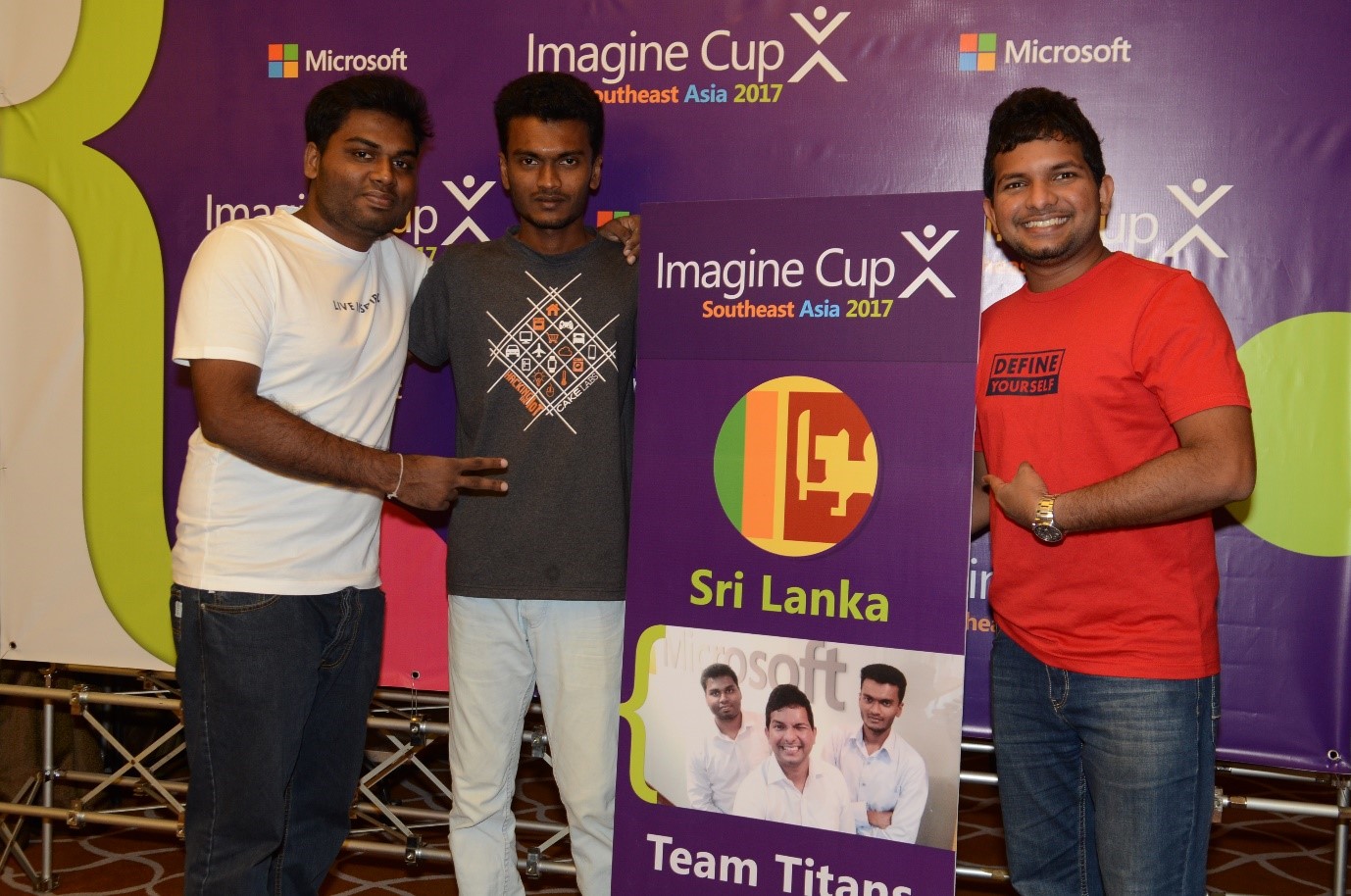
Children today suffer from various illnesses and diseases, and asthma is one of the most common respiratory diseases among kids. Asthma is ranked third as the main cause for hospitalization for kids under the age of 15. And the sad truth is, around 93% of children suffering from asthma do not know how to use inhalers properly, mainly because kids do not like to use inhalers as treatments due to the lack of motivation in the treatment process.
To address this issue, Team Titans came up with “Inhalo”, a product aimed at helping kids suffering from asthma to carry out breathing practices in the proper manner and encourage them to use the inhalers regularly. Inhalo comes with a headset, which helps identify the breathing patterns of the user as well as a mobile game to motivate kids to use the inhaler.
Team Welse, Thailand
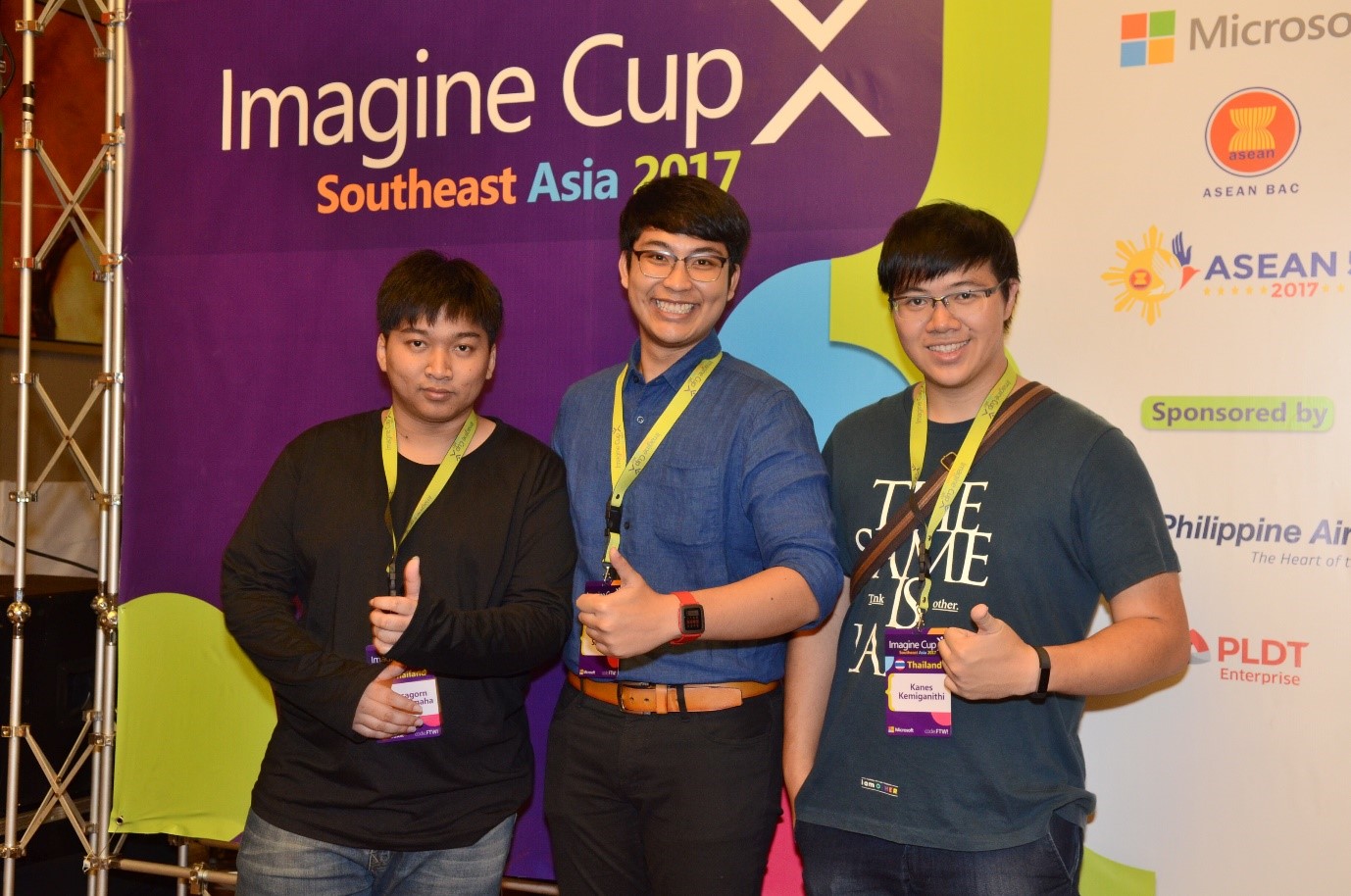
The aging population is turning into a major concern for many countries and health organizations across the world are focused on maintaining and improving and the health and well-being of their citizens. This means that citizens should undergo regular health check-ups in order to detect and treat any health issues early. Unfortunately, those living in rural areas do not have access to quality healthcare due to several reasons, such as a lack of medical workers and inadequate healthcare facilities to deal with critical medical issues. While health organizations and government agencies are trying to crack this issue, more needs to be done.
To enable healthcare professionals to achieve more, Team Welse came up with a portable IoT device that serves as a point-of-care test, equipped with real-time data communication. This allows users to conduct blood tests wherever they are located, and send the results to a back-end application for data collection and visualization.
The team is currently partnering with Microsystems, Electronics and Control System (MECs) Unit at Synchrotron Light Research Institute and Biological Engineering at KMUTT to roll out this device, which can hopefully provide better and faster healthcare to those in need.
Team EDMTDevDTU, Vietnam
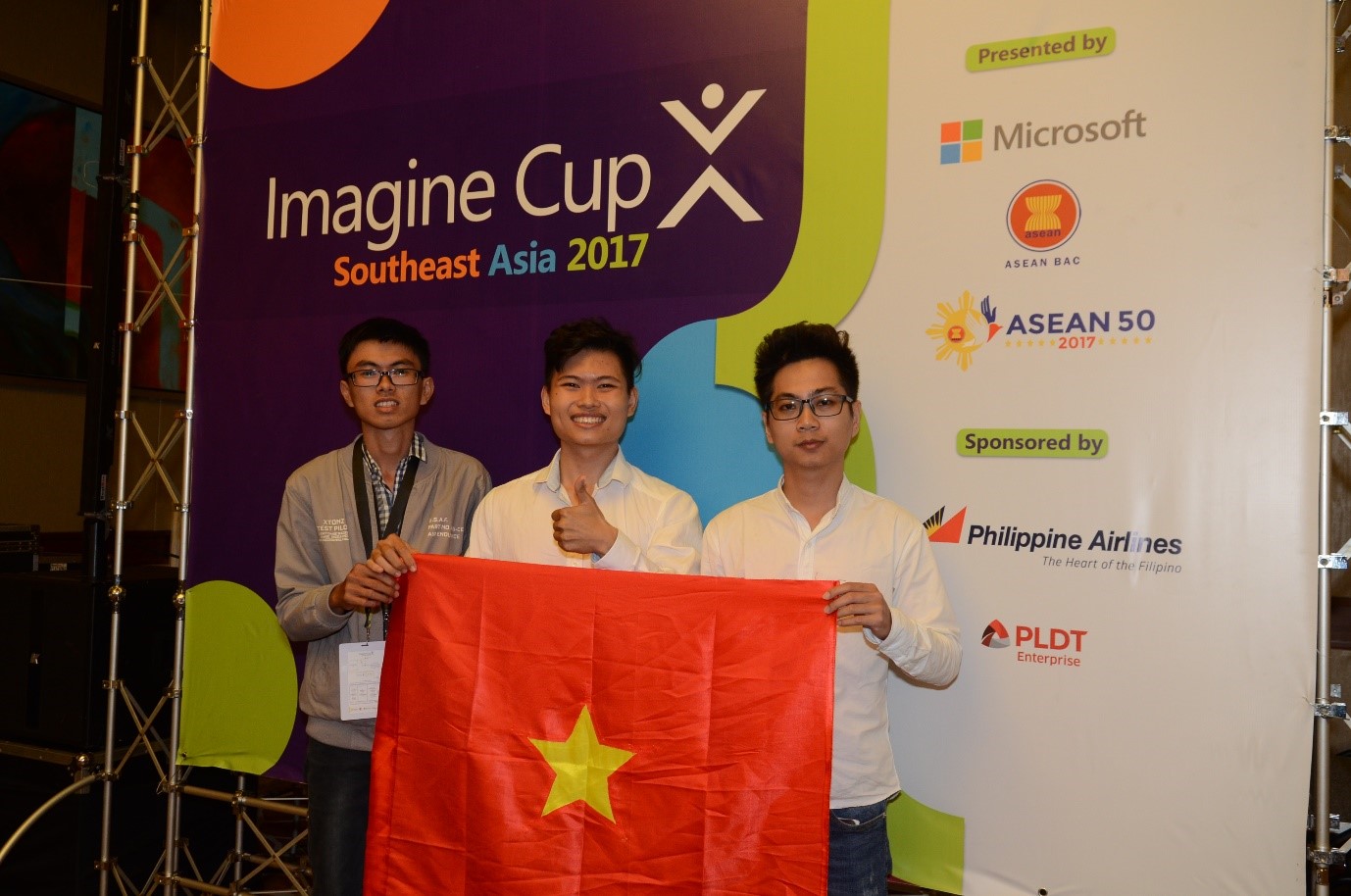
Vietnam’s chicken breeding industry currently faces several problems. For instance, there isn’t a standardized method of breeding as farmers tend to breed and raise chickens based on their own traditional practices. In addition, there are no specific standards for breeding and marketing of livestock, making it difficult to establish an effective yet high-quality method of breeding. On top of that, consumers are also worried about the origin and hygiene of the food source.
To solve this issue, Team EDMTDevDTU developed SmartChick, which leverages the power of applied machine learning technology to help farmers identify the breeding method that suits them best. This data-driven approach allows farmers to ensure the quality of chicken that are being sold to consumers and RFID technology also help farmers manage their individual livestock. What’s more, consumers are now able to track and receive additional information on the chicken that they have purchased.






